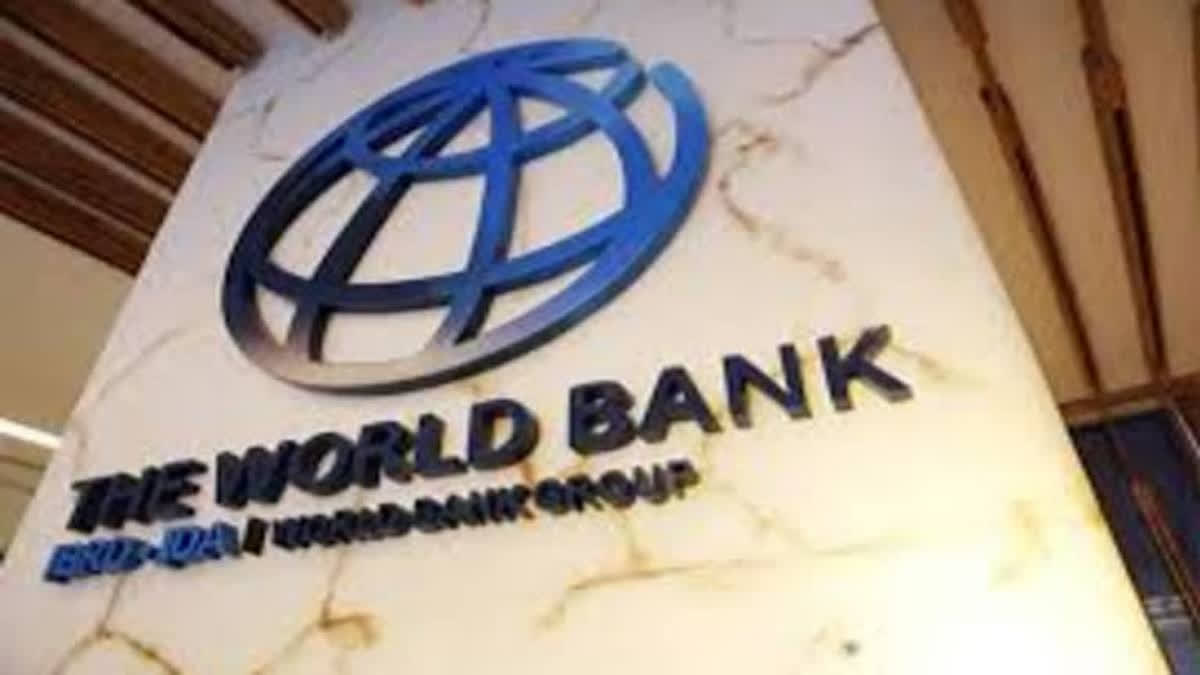New Delhi: India’s external sector remained strong amidst ongoing geopolitical headwinds accompanied by sticky inflation, said Economy Survey 2023-24 tabled by Finance Minister Nirmala Sitharaman on Monday in Parliament before the budget on July 23.
According to the survey report, India’s rank in the World Bank’s Logistics Performance Index improved by six places, from 44th in 2018 to 38th in 2023, out of 139 countries.
The economic survey further noted that India is adding more export destinations, signalling regional diversification of exports. The moderation in merchandise imports and rising services exports improved India’s current account deficit, which narrowed by 0.7 per cent in FY24.
"India’s services exports grew by 4.9 per cent to USD 341.1 billion in FY24, with growth largely driven by IT/software services and other business services. India is the top remittance recipient country globally, with remittances reaching a milestone of USD 120 billion in 2023," it added.
The economic survey pointed out that the country witnessed positive net foreign portfolio investment inflows in FY24 supported by strong economic growth, a stable business environment and increased investor confidence.
It is pertinent to note that at the end of March 2024, India’s forex reserves were sufficient to cover more than 10 months of its projected imports for FY25 and 98 per cent of its external debt. India’s external debt has been sustainable over the years, with the external debt-to-GDP ratio standing at 18.7 per cent at the end of March 2024.
The survey said challenges such as slowing global GDP growth (i.e., fall in global demand) and an all-time rise in trade protectionism (i.e., weakening globalisation) can pose a significant downside risk. In this context, both the government and the private sector must focus on removing barriers and implementing steps to boost India’s export competitiveness.
Furthermore, the economic survey highlighted that the increased Foreign Direct Investment (FDI) inflows from China can help increase India’s global supply chain participation and push exports.
The survey notes that as India looks to deepen its involvement in Global Value Chains (GVCs), it needs to look at the successes and strategies of East Asian economies.
The economic survey highlighted that India faces two choices to benefit from 'China plus one' strategy and that is either to integrate into China's supply chain or promote FDI from China.
"Among these choices, focusing on FDI from China seems more promising for boosting India's exports to the US, similar to how East Asian economies did in the past," said the Survey, tabled in Parliament by Nirmala Sitharaman on Monday.
Moreover, choosing FDI as a strategy to benefit from the China plus one strategy appears more advantageous than relying on trade, it added.
The survey said, "This is because China is India's top import partner, and the trade deficit with China has been growing. As the US and Europe shift their immediate sourcing away from China, it is more effective to have Chinese companies invest in India and then export the products to these markets rather than importing from China, adding minimal value, and then re-exporting them".
At present, FDI from China in any sector needs government approval. According to the economic survey, China stands at 22nd position with only 0.37% share ($2.5 billion) in total FDI equity inflow reported in India from April 2000 to March 2024.
What is the economic survey?
The Economic Survey is an annual document prepared by the Government of India's Ministry of Finance, typically presented in Parliament a day before the Union Budget.
It serves as a detailed report card on the country's economic performance over the past year and outlines the prospects and challenges for the economy in the coming year. The survey provides insights into various sectors of the economy, analyses trends, and often includes policy suggestions aimed at improving economic growth, development, and welfare. It's an important tool for policymakers, economists, and analysts to understand the state of the Indian economy.
The Economic Survey document consists of two parts — the first part or Part A includes the country's economic developments and challenges and a broad review of the economy; and the second Part B, analyses the past financial year over specific topics such as social security, poverty, education, healthcare, human development, and climate.
Read more: Gold Reserves of RBI Touches All-Time High, Gold ETF Inflows in February Highest in Six Months



